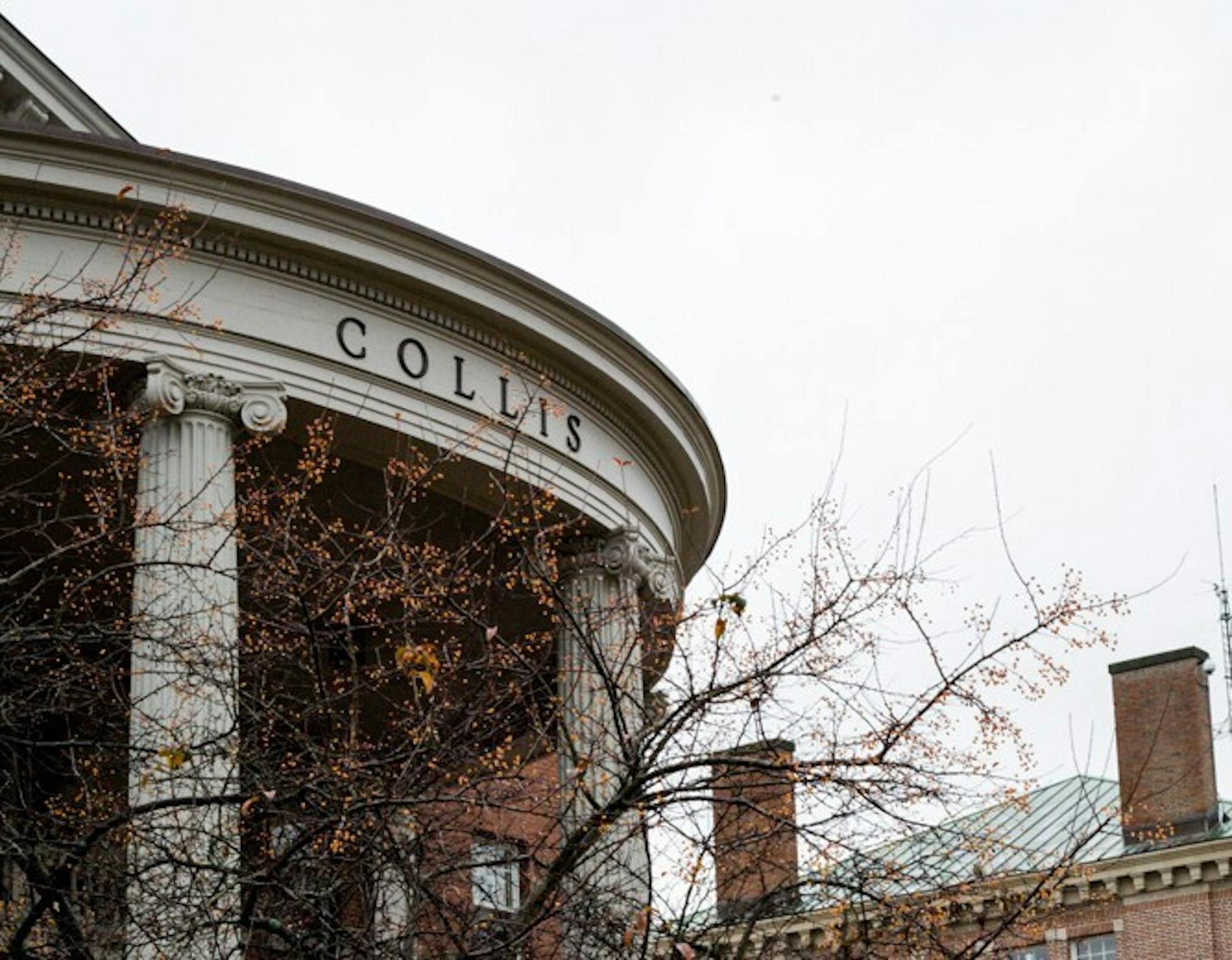This article is featured in the 2024 Green Key special issue.
Since its inception 125 years ago, Green Key has changed dramatically. First billed as a Junior Promenade in 1899, where women would come to what was then an all-male campus to attend a formal, Green Key has transformed into the College’s seminal concert performance. The history, though, is not the point. These days, Green Key is about who is on stage.
In the 1970s, the Steve Miller Band performed at Green Key, unable to leave the stage before delivering 12 encores, according to the Dartmouth Alumni Magazine. In 1978, the concert boasted the Grateful Dead, who played in Thompson Arena as part of their East coast tour, according to past reporting by The Dartmouth. More recently, folk phenom Noah Kahan performed at Collis Mainstage in 2016 before his first record deal and breakout into mainstream popularity, according to past reporting by The Dartmouth.
But how does Green Key select its headliners? According to Programming Board executive chair Kennedy Wiehle ’25, whose organization oversees the Green Key performer selection process, it can sometimes be a matter of cost.
“Our money comes from student activities fees,” Wiehle said. “The budget is pretty similar every year. … PB gets its budget from the [Undergraduate Finance Committee].”
Wiehle said PB has a $100,000 budget allocated solely for the Green Key performers. In today’s world, Noah Kahan would now be out of PB’s range, she explained.
“It’s the same thing when people suggest people that don’t have [Hanover or Dartmouth] connections and are large,” Wiehle said. “They are simply out of our budget.”
The artist selection process happens in stages, beginning with two student surveys — the first on genre preferences and the second on artist interest — according to past reporting by The Dartmouth.
The genre survey is how PB tries “to figure out what range of artists we should be looking at,” Wiehle said.
After gauging student sentiment, PB finds a list of headliners and openers who fit the most popular genres, and then sends out a second survey to gauge interest in the artists they have found. That list of possible performers is the result of student input, PB suggestions and PB’s contacts, according to Wiehle.
“We have a contact at a company called Concert Ideas and they help with booking artists for events,” Wiehle said. “The people there can usually give us a good idea of performers that are available and free, and who do good live shows. … We hold meetings … [where] you can come and give ideas and we look at those.”
The second form is a boiled down list of potential artists that fit PB’s criteria, Wiehle added.
“We deliberately try to put an equal amount of openers and headliners on the survey so we have options,” Wiehle said. “If we brought … a rap headliner we probably wouldn’t want to bring a rap opener, so then we’d look at the pop openers but if it was vice-versa then we have options on both sides.”
Wiehle said the winner of the survey is not necessarily the artist who ends up performing at Green Key. PB also considers availability, pricing and “the combination of artists,” with the goal of putting together a lineup that “appeal[s] … to as much of campus as possible … because Green Key is for everyone,” Wiehle said.
In crafting the artist combination, PB is “trying to look at different spheres of campus to kind of fill in that bubble as much as possible,” she added.




